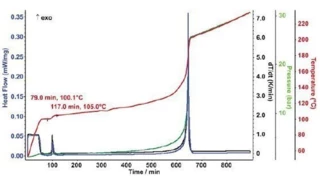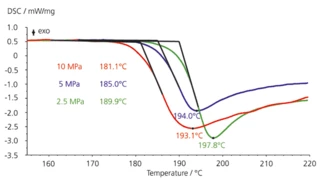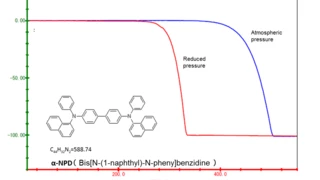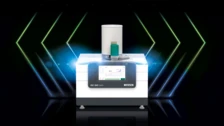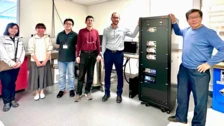
applications
Organics
El comportamiento de fusión y de CristalizaciónCrystallization is the physical process of hardening during the formation and growth of crystals. During this process, heat of crystallization is released.cristalización de los ingredientes activos farmacéuticos y de substancias auxiliares; la transición vítrea de las melazas, el comportamiento de la oxidación de los lubricantes o el comportamiento de la curación de pinturas y adhesivos son efectos térmicos que se muestran aquí.
DSC can be used to study the degree of purity of pharmaceutical active ingredients as derived from melting behavior, the OxidationOxidation can describe different processes in the context of thermal analysis.oxidation of fats and oils, or the curing of adhesives and powder paints as well as many other topics.
With TGA, information can be gathered about such topics as the denaturing of proteins, vapor pressure and solvent content of paints.
Using TMA and DMA, the coefficient of thermal expansion can be determined, and the penetration behavior and visco-elastic behavior of viscous fluids, pastes and powders can be described.
DEA can trace the flow properties of pastes and other masses, even during processing.
WithLFA, the Difusividad TérmicaThermal diffusivity (a with the unit mm2/s) is a material-specific property for characterizing unsteady heat conduction. This value describes how quickly a material reacts to a change in temperature.thermal diffusivity even of melts and liquids can be measured and the Conductividad TérmicaThermal conductivity (λ with the unit W/(m•K)) describes the transport of energy – in the form of heat – through a body of mass as the result of a temperature gradient (see fig. 1). According to the second law of thermodynamics, heat always flows in the direction of the lower temperature.thermal conductivity determined.
El grado de pureza de los ingredientes farmacéuticos activos derivados del comportamiento de mezcla, la oxidación de grasas y aceites, o la curación de adhesivos y pinturas de polvo son sólo algunos de los muchos temas que se pueden estudiar con DSC.
Con TG, se puede recopilar información sobre temas tales como la desnaturalización de las proteínas, la presión de vapor y el contenido de solvente de las pinturas.
Mediante el empleo de TMA y DMA, se puede determinar el coeficiente de la expansión térmica, y se puede describir el comportamiento de la penetración y el comportamiento viscoelástico de los fluidos, pastas y polvos viscosos.
DEA permite realizar el seguimiento de las propiedades de flujo de las pastas y de otras masas, incluso durante el procesamiento.
Mediante el empleo de LFA, también se puede medir la difusividad térmica de mezclas y líquidos y se puede determinar la conductividad térmica.
Literatura de aplicación

